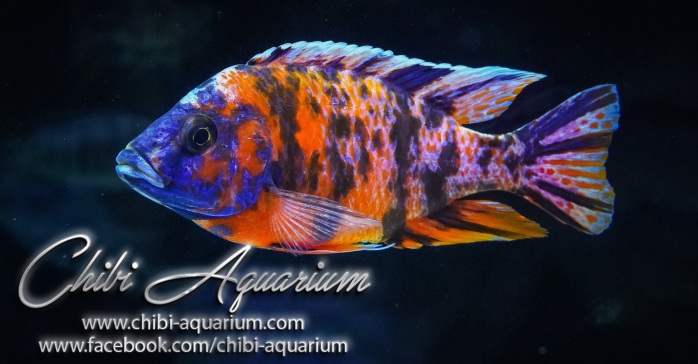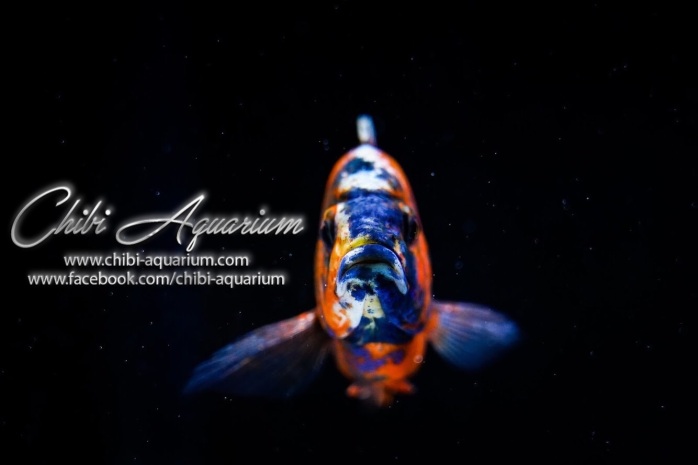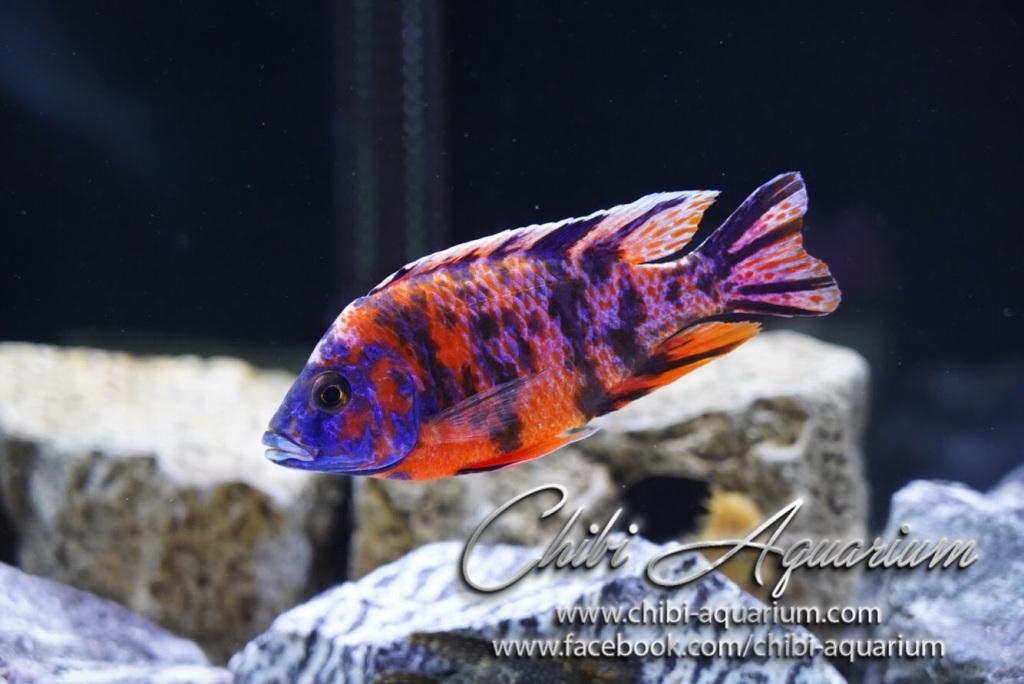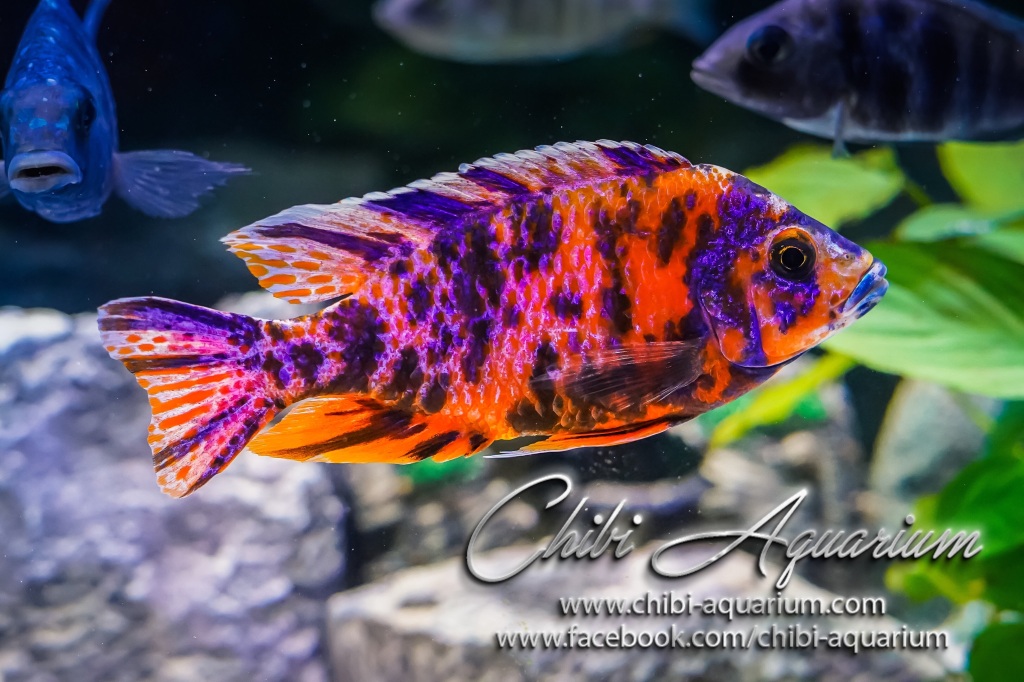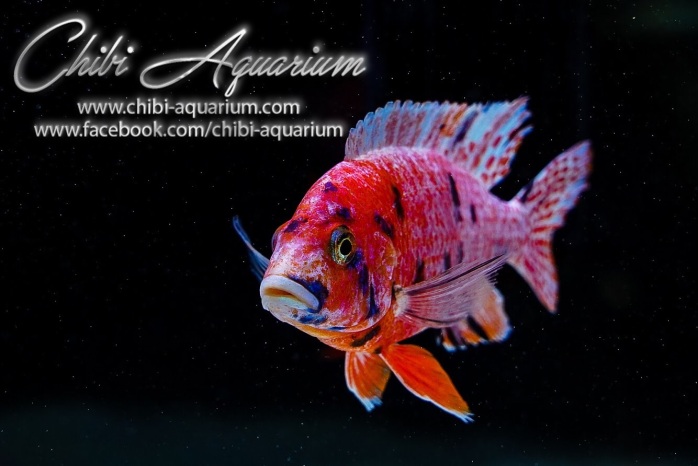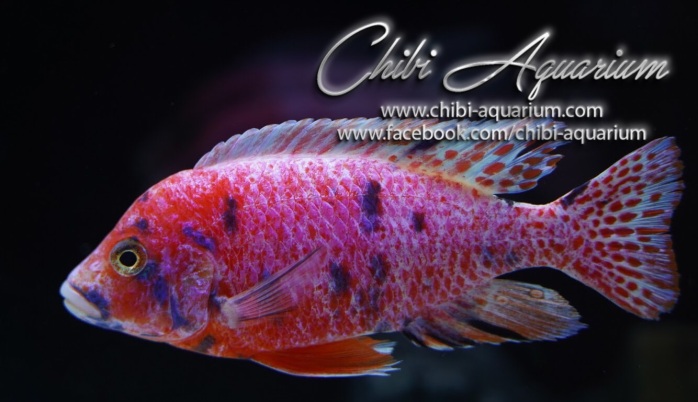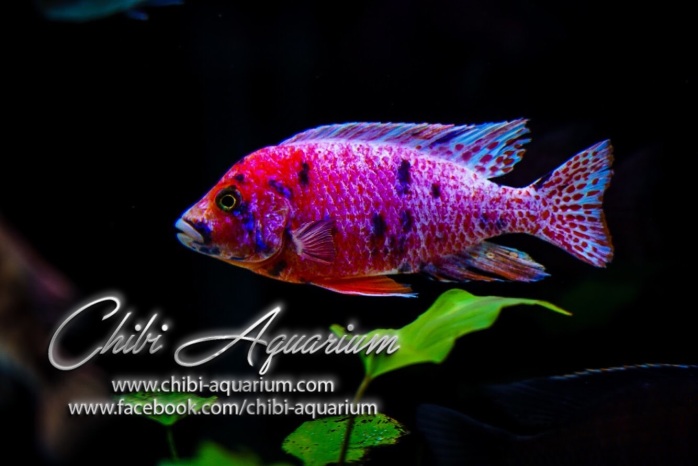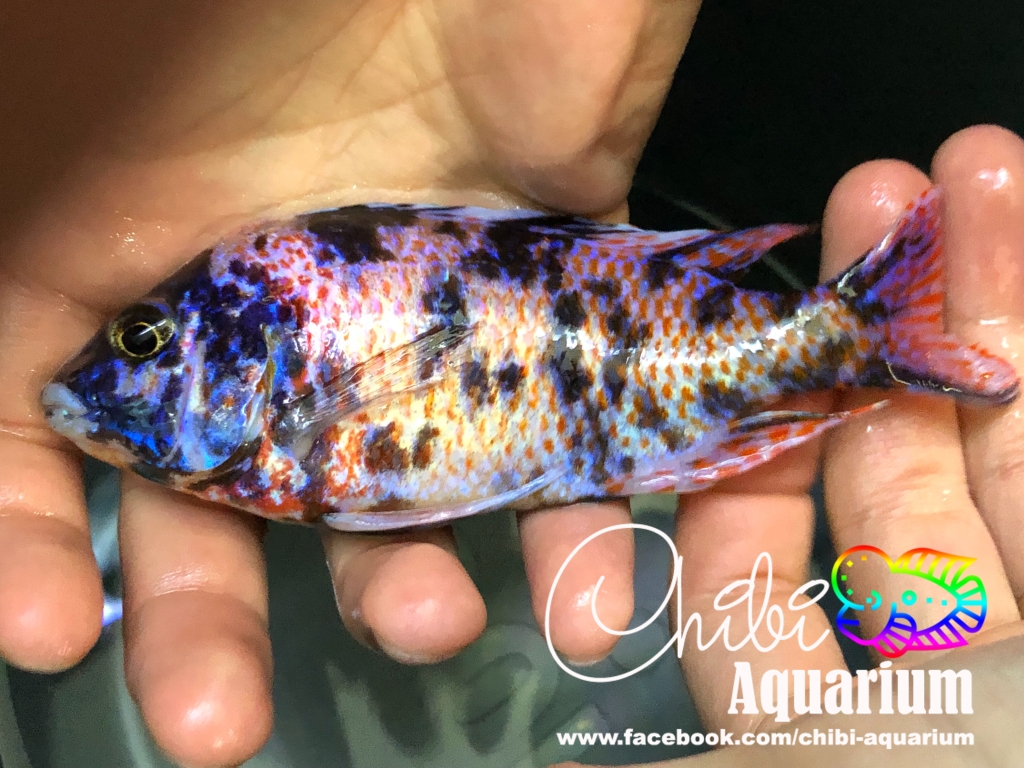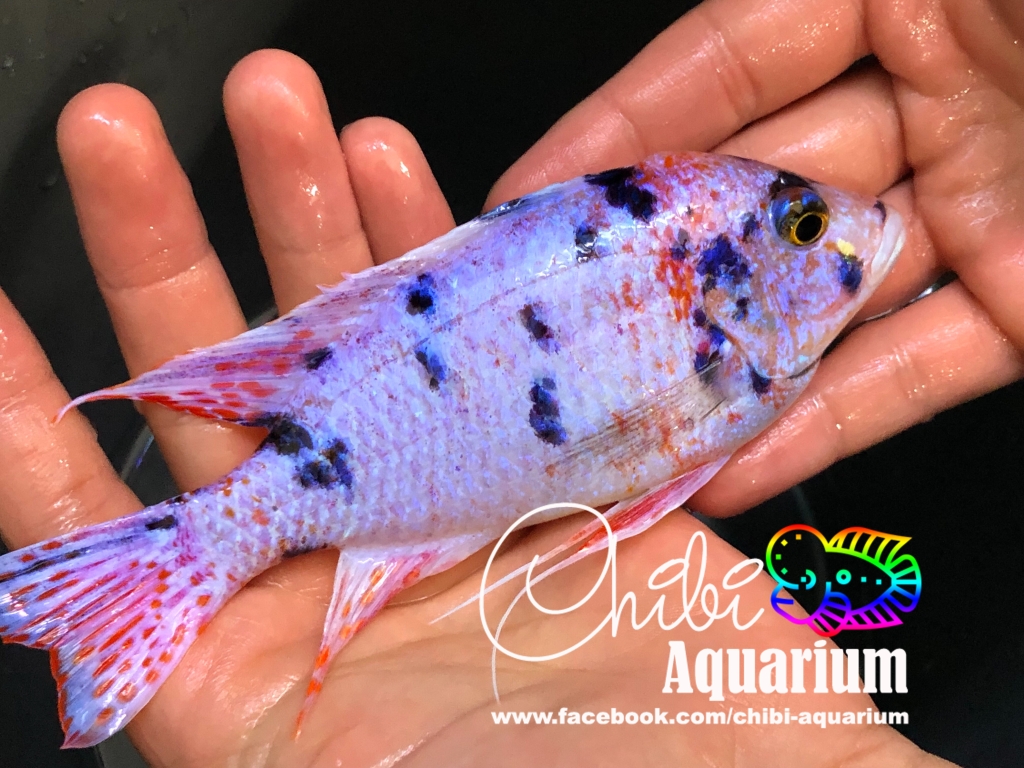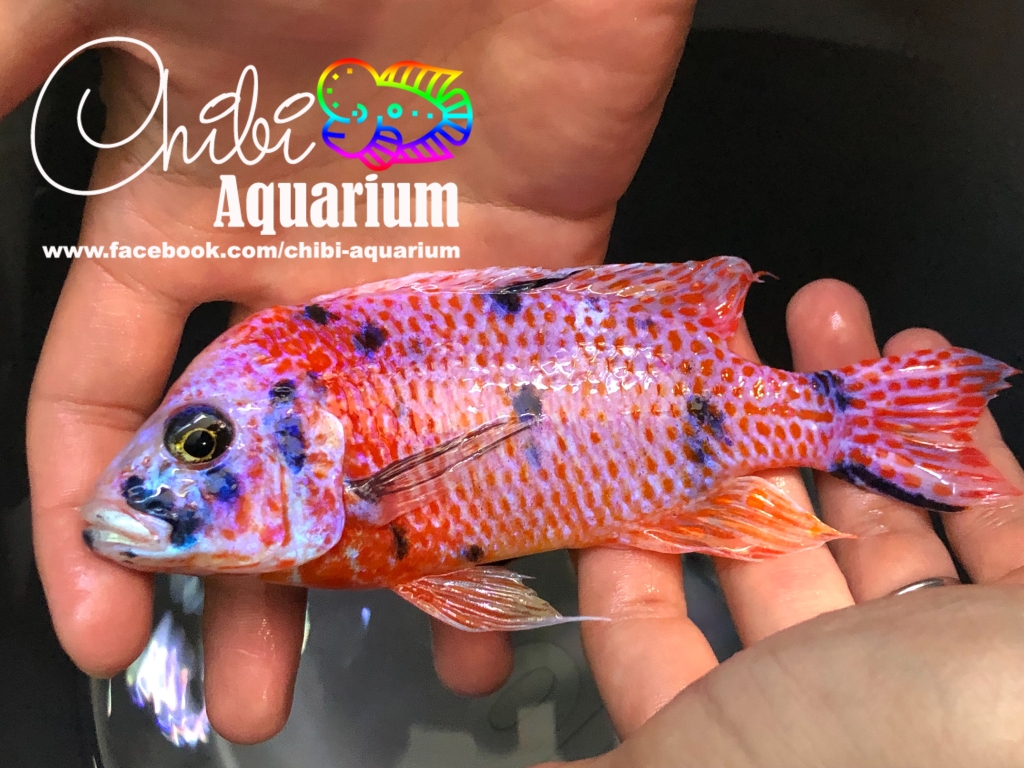Aulonocara sp. OB Peacock, commonly known as the Orange Blotch Peacock, is a popular species of cichlid fish native to Lake Malawi in Africa. It is highly sought after by aquarium hobbyists due to its vibrant orange coloration and distinctive markings.
The OB Peacock is a relatively small cichlid, growing up to around 6 inches in length. It has a slender, streamlined body and elongated fins, with males displaying longer, more pronounced fin extensions. Like other members of the Aulonocara genus, the OB Peacock is sexually dimorphic, meaning males and females have distinct physical differences.
Male OB Peacocks are highly coveted for their striking orange coloration, which can range from a deep, fiery orange to a more muted yellow-orange shade. They also have distinctive black markings on their fins and body, which are referred to as “blotches” or “bars.” The intensity and placement of these markings can vary from individual to individual, making each fish unique. Females are less colorful, typically displaying a silver or grayish hue.
In the wild, OB Peacocks are found along rocky shorelines in Lake Malawi, feeding primarily on small invertebrates and plankton. In captivity, they are adaptable and can thrive in a variety of aquarium environments, though they prefer a rocky, cave-like habitat with plenty of hiding places. They are generally peaceful and can be kept with other similarly sized, non-aggressive cichlids.
Like other cichlid species, OB Peacocks are omnivorous and should be fed a varied diet that includes high-quality pellets, frozen or live foods such as brine shrimp, bloodworms, and krill, and occasional vegetable matter such as spirulina flakes or blanched spinach. They should also be provided with adequate filtration and regular water changes to maintain optimal water quality.
One of the main controversies surrounding the OB peacock is its origins. Some breeders claim that the OB peacock is a naturally occurring hybrid between the Aulonocara species and other cichlid species found in Lake Malawi, while others argue that it is a result of selective breeding. Regardless of its origins, the OB peacock has become a highly desired fish in the aquarium hobby due to its distinctive orange blotches and bright blue coloration.
Another controversy surrounding the OB peacock is the breeding process used to produce them. Some breeders argue that the process of selectively breeding for specific color traits can have negative impacts on the health and well-being of the fish, such as decreased genetic diversity and increased susceptibility to disease. On the other hand, others argue that selective breeding is a necessary process in order to produce desirable traits and maintain the popularity of the OB peacock.
In addition to the breeding controversy, there are also concerns about the conservation of the OB peacock. Due to the popularity of the fish in the aquarium hobby, there is a high demand for them, which has led to overfishing in Lake Malawi. This has raised concerns about the impact on wild populations, as well as the potential for the OB peacock to be illegally imported and sold in the aquarium trade.
To address these concerns, some breeders and conservation organizations have developed programs aimed at promoting sustainable and ethical breeding practices, as well as supporting conservation efforts in Lake Malawi. These programs include breeding for genetic diversity and promoting responsible trade practices.
Overall, while the OB peacock remains a popular and highly sought-after fish in the aquarium hobby, there are valid concerns and controversies surrounding its origins, breeding, and conservation. It is important for aquarium enthusiasts to be aware of these issues and to support sustainable and ethical practices in the hobby in order to preserve the health and well-being of the fish and their natural habitats.
![]()

